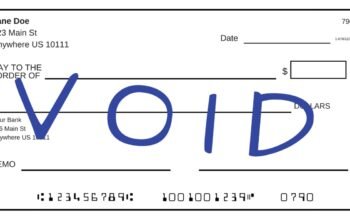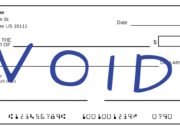middleportal.com – Gold is one of the oldest and most valuable assets in the world. It has been used as a store of wealth, a medium of exchange, and a hedge against inflation for centuries. But how can beginners invest in gold and benefit from its unique properties? Here are some of the main ways to invest in gold, along with their pros and cons.
Bullion, Bars, and Coins
One of the most direct ways to invest in gold is to buy physical gold in the form of bullion, bars, or coins. Bullion is a gold bar or coin stamped with the amount of gold it contains and the gold’s purity. Bars and coins can vary in size, weight, and design, depending on the mint or dealer.
The main advantage of buying physical gold is that you have full ownership and control over your gold. You can store it in a safe place, such as a home vault or a bank deposit box, and sell it whenever you want. You can also enjoy the aesthetic and historical value of gold, as some coins and bars have unique designs or historical significance.
The main disadvantage of buying physical gold is that you have to pay for the storage, insurance, and transportation costs, which can reduce your returns. You also have to deal with the risk of theft, loss, or damage to your gold. Additionally, you have to find a reputable dealer or broker to buy and sell your gold, and pay a premium or commission for their service.
Gold Certificates
Another way to invest in gold is to buy gold certificates. Gold certificates are documents that represent ownership of a certain amount of gold stored in a vault by a bank or a custodian. The certificates can be traded like stocks or bonds, without the hassle of dealing with physical gold.
The main advantage of buying gold certificates is that you can avoid the storage, insurance, and transportation costs of physical gold. You also have more liquidity and flexibility, as you can buy and sell gold certificates easily and quickly. You can also diversify your portfolio by buying gold certificates from different issuers or countries.
The main disadvantage of buying gold certificates is that you have to trust the issuer or the custodian to hold and protect your gold. You also have to pay a fee or a spread for their service, which can reduce your returns. Moreover, you may face legal or regulatory risks, depending on the jurisdiction and the terms of the certificate.
ETFs
A third way to invest in gold is to buy exchange-traded funds (ETFs) that track the price of gold or the performance of gold-related companies. ETFs are funds that trade on stock exchanges like shares, and offer exposure to a basket of assets or a sector.
There are different types of gold ETFs, such as:
- Physical gold ETFs: These ETFs hold physical gold in a vault and track the spot price of gold. They offer the closest approximation to owning physical gold, without the storage, insurance, and transportation costs. Examples of physical gold ETFs are SPDR Gold Shares and iShares Gold Trust.
- Gold futures and options ETFs: These ETFs use derivatives, such as futures and options contracts, to track the price of gold. They offer more leverage and volatility than physical gold ETFs, but also more complexity and risk. Examples of gold futures and options ETFs are ProShares Ultra Gold and Direxion Daily Gold Miners Bull 3X Shares.
- Gold mining and exploration ETFs: These ETFs invest in companies that mine, explore, or process gold. They offer exposure to the gold industry, but also to the operational, financial, and environmental risks of the companies. Examples of gold mining and exploration ETFs are VanEck Vectors Gold Miners ETF and [Global X Gold Explorers ETF].
The main advantage of buying gold ETFs is that you can access the gold market with ease and convenience, as you can buy and sell ETFs like stocks. You also have more diversity and choice, as you can invest in different aspects of the gold market. You also benefit from the low fees and high liquidity of ETFs.
The main disadvantage of buying gold ETFs is that you do not have direct ownership or control over your gold. You have to rely on the fund manager or the custodian to manage and safeguard your gold. You also have to pay a management fee or an expense ratio for their service, which can reduce your returns. Furthermore, you may face tracking error or deviation, which means that the ETF may not perfectly mirror the performance of the underlying gold or index.
Conclusion
Gold is a precious metal that has many advantages as an investment. It can preserve your wealth, diversify your portfolio, and hedge against inflation. However, investing in gold also has some drawbacks, such as costs, risks, and complexity. Therefore, you should carefully consider your goals, preferences, and risk tolerance before investing in gold.
There are different ways to invest in gold, such as bullion, bars, coins, certificates, and ETFs. Each method has its own pros and cons, and may suit different investors. You should compare the features, benefits, and costs of each method, and choose the one that best fits your needs and expectations.












